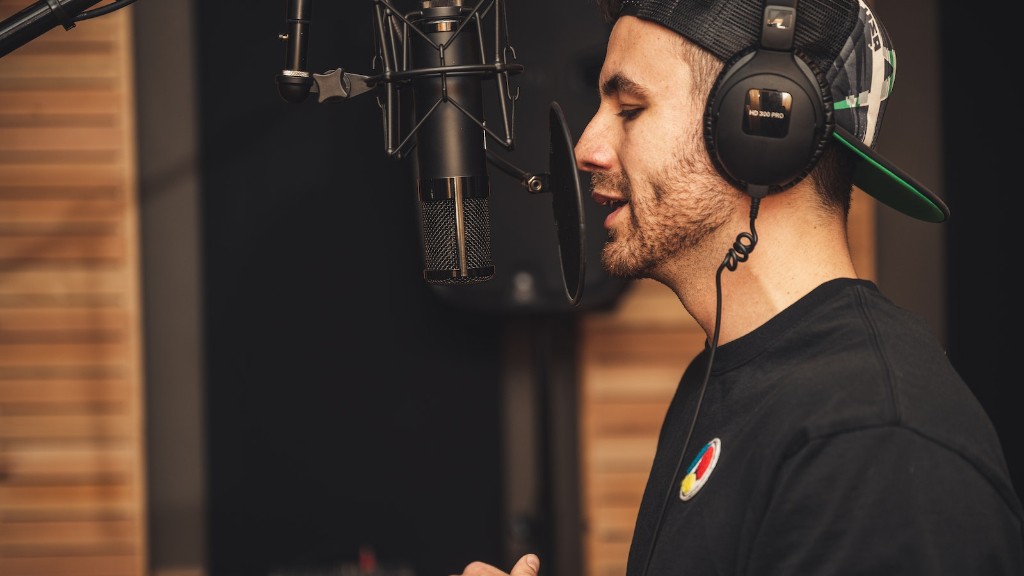Who doesn’t love the majestic beauty of a duck? Whether you’re a master artist or a complete novice, drawing one doesn’t have to be a difficult thing. In fact, developing your duck-drawing skills can actually be quite easy – provided you know just a few basic tips. Everything you need to master the art of duck drawing is right here!
1. Observe With Care
Before putting pencil to paper, it’s always a good idea to observe and study the shape of the duck you’re going to draw. Ducks come in all shapes and sizes, so it’s important to pay attention to all the subtle nuances – and get those right, right out of the gate. Look at the details. Focus on the quack-tastic beak, the outspread wings, and even the way a duck’s webbed feet fan out from the base.
Put a little bit of extra effort into the observation process – and you’ll find that transferring those details onto your drawing will be a much simpler feat.
2. Start Out Simple
As you get started, keep things ultra simple. Your duck drawing should come in a few steps that are easy to follow. So start by sketching out the round-ish body and its elongated neck. Then add the wings and the feet. Finally, caress that beak with a few well-placed lines. And voila! You’ve got a fairly simple duck drawing on your hands.
You can add additional details to your hearts content later on. For now, just keep it simple. It’s the only way to go in the beginning.
3. Think of the Negative Space
When drawing things like ducks, you never want to forget about the negative space. What negative space is all about – simply put – is the space in and around the object you’re trying to draw. It’s “negativity” that helps give your drawing that magical look. Once you’re done filling in the positive details, look for ways to color in the extra space lying about.
When you draw a duck, think about all the space around it that helps give it shape. Don’t worry about taking away from the image itself; by shading in the negative space, you’ll end up creating something quite magical.
4. Add Texture & Pattern
Whether you’re drawing an exotic duck or an everyday domestic duck, it’s important to get the texture right. That means adding patterns like those found on the beak, on its feet, or on its wings. After that, the furrows around the wings and the webbed feet should come next. You don’t have to get it perfect in one go; it’s completely fine to erase and re-draw your lines as many times as you need to. Just keep at it until you’ve got a duck drawing that looks lifelike and true-to-form.
So don’t be timid. Rip up your paper. Start over. It’s a process that shouldn’t take too long to master – and the rewards will be well worth your effort!
5. Find the Right Color Palette
When you’re just starting out, it’s important to discover the right colors that best match your duck. Some ducks tend to be quite brown and gray on their bodies with a brilliant white on their wings and bellies – while other ducks might be of a much more vibrant hue. Think blues, oranges, and yellows. Discovering the right mix of colors and tones can take some practice, but it’s really not all that difficult. In fact, if you just follow what you see in nature, you’ll see that the colors themselves can come quite naturally.
Color plays a big role in drawing ducks with proper detail and accuracy. So do yourself a favor and find the right palette for your drawing. It’s a simple but important step in the process.
6. Have Fun With Your Duck Drawing!
In the end, duck drawing should be fun. It shouldn’t feel like a chore – or a boring task to complete. Have fun with it! Add character to your duck with funny faces or even accessories like a bow-tie or hat. Go wild with colors and shapes and don’t be afraid to use a little creativity here and there. You may even decide to draw a crowd of ducks for a bit more fun.
It doesn’t matter if you’re drawing on paper, creating a digital animation, or sculpting a 3D rendering. The main thing is to stay in the moment and enjoy the process. And when you do that, you’ll learn so much more from your duck drawing than you’d ever imagine.

